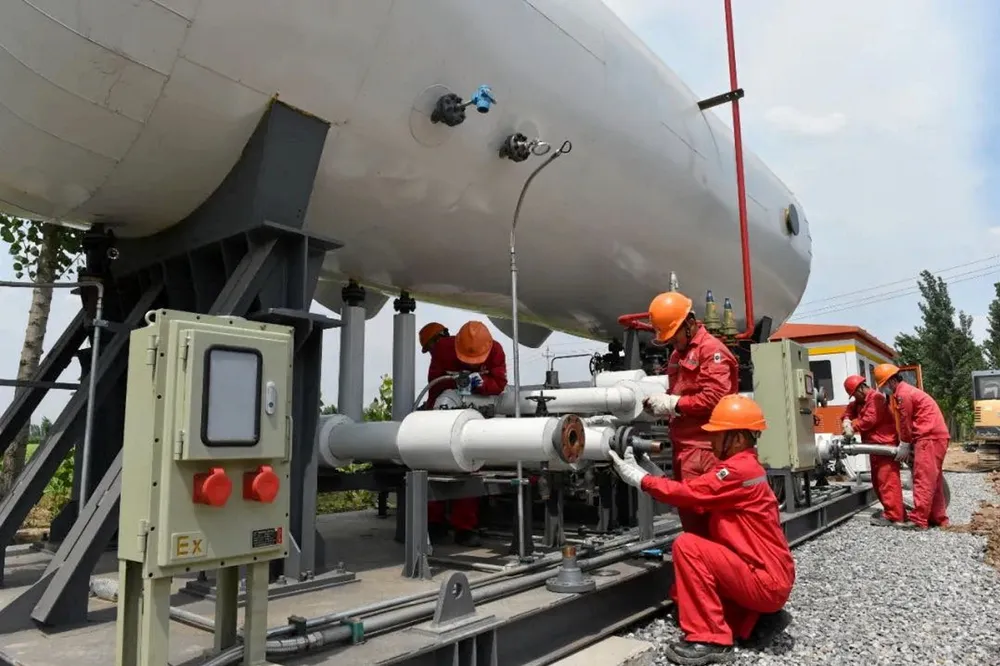Sinopec launches China’s largest CCUS project
When completed later this year, the project will be able to cut CO2 emission by 1 million tonnes per annum.

When completed later this year, the project will be able to cut CO2 emission by 1 million tonnes per annum.
